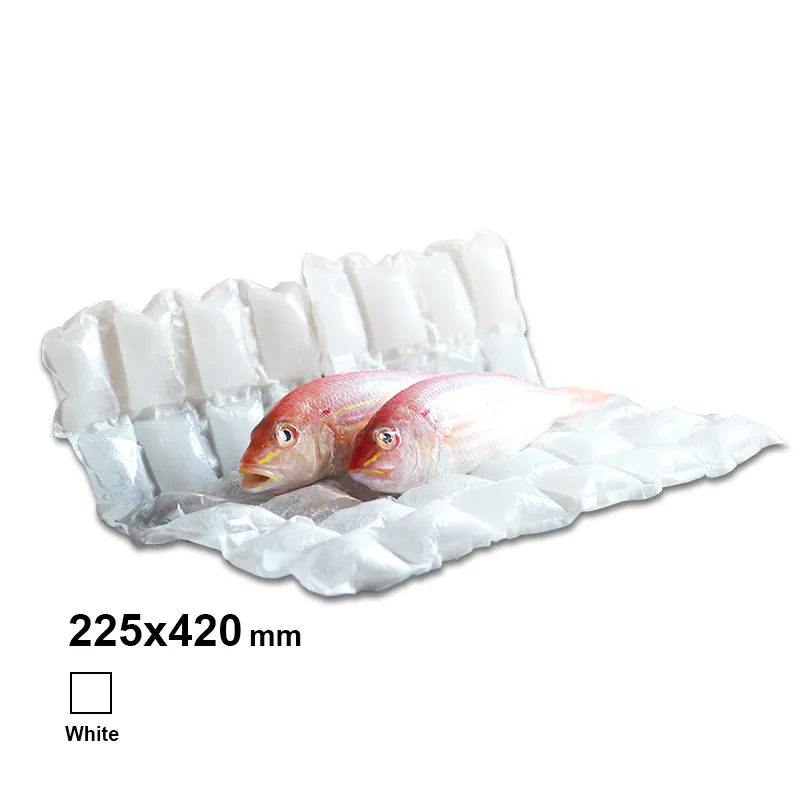At Demi, we understand that modern food businesses face critical decisions about their cold chain logistics. When packing food with dry ice, companies achieve superior temperature control while addressing growing concerns about energy efficiency and sustainability. This article examines how dry ice solutions compare to traditional freezing methods in terms of energy consumption, operational costs, and environmental impact.
The Energy Demands of Conventional Freezing Systems
Traditional freezing methods rely on continuous refrigeration systems that consume substantial electricity to maintain low temperatures. These systems operate 24/7, requiring significant energy just to keep food frozen during storage and transport. When packing food with dry ice, businesses eliminate the need for active refrigeration during transit. Dry ice sublimates at -78.5°C (-109.3°F), maintaining ultra-low temperatures without drawing power from external sources. This passive cooling approach presents food manufacturers and distributors with an opportunity to reduce their energy footprint while ensuring product integrity.
How Dry Ice Delivers Superior Energy Efficiency
Demi’s solutions for packing food with dry ice demonstrate clear advantages in energy efficiency. First, dry ice requires no electricity once applied, unlike refrigerated trucks or containers that constantly consume power. Second, our specially formulated dry ice packs maintain consistent temperatures longer than conventional freezer systems, reducing the frequency of temperature checks and adjustments. Third, the compact nature of Demi’s dry ice products allows for optimal space utilization in shipments, meaning fewer trips and lower fuel consumption overall. These factors combine to create a more energy-efficient cold chain solution that aligns with modern sustainability goals.
Demi’s Advanced Dry Ice Solutions for Modern Food Logistics
We’ve engineered our dry ice products specifically for the challenges of contemporary food distribution. Demi’s solutions for packing food with dry ice include customizable pack sizes, extended-duration formulations, and eco-friendly materials that meet stringent food safety standards. Our technology ensures that temperature-sensitive products maintain perfect conditions from production facility to retail shelf, all while reducing the energy burden typically associated with frozen food logistics. The result is a system that not only preserves food quality better than conventional methods but does so with significantly lower energy consumption.
Conclusion
The comparison between dry ice and traditional freezing methods reveals compelling advantages for businesses focused on efficiency and sustainability. When packing food with dry ice using Demi’s advanced solutions, food companies achieve superior temperature control while dramatically reducing their energy consumption and operational costs. As the industry moves toward greener practices and more efficient logistics, dry ice emerges as the smart choice for forward-thinking food businesses. Demi stands ready to help companies transition to this innovative approach, offering expertise and tailored solutions that meet the unique needs of modern food distribution networks.
Read Also:
Exploring the Innovations in Dry Ice from Demi Manufacturing
Innovations in the Dry Ice Manufacturing Process by Demi
Elevate Your Brand with Demi Disposable Bento Boxes
Why Demi 4 Compartment Disposable Food Containers Are the Ultimate Choice for Meal Prep
The Versatility of Demi PP Lunch Boxes
How Demi Disposable Food Containers Are Redefining Convenience and Functionality


